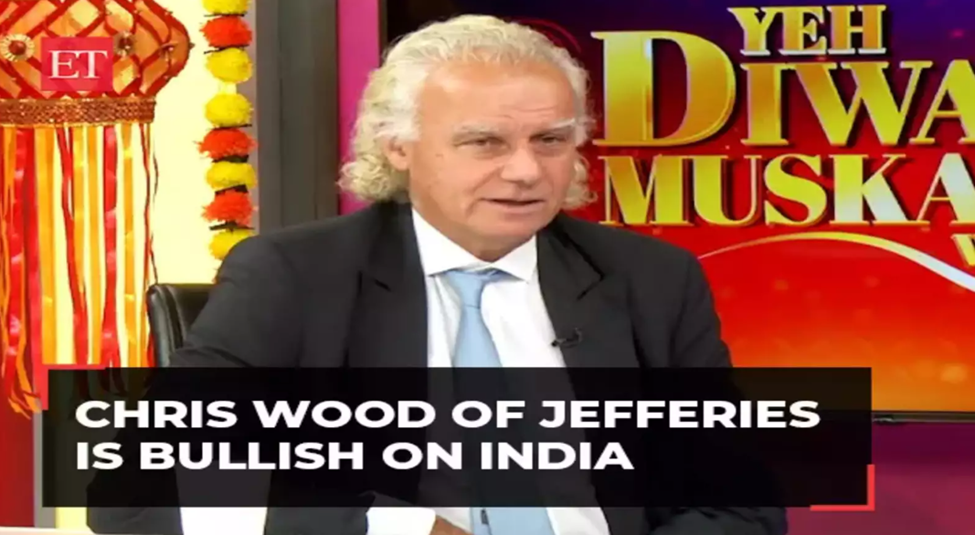Chris Wood's Optimistic Outlook: India's Resilience and Growth Amidst Global Challenges
- InduQin
- Nov 18, 2024
- 2 min read
Updated: Nov 22, 2024
Chris Wood, a Jefferies global strategist, maintains optimism about India's economic future post-US election, foreseeing 6-8% real GDP growth. Despite challenges from a potential Trump return, Wood believes India will thrive. He notes Trump's impact on emerging markets but sees India as resilient. Wood highlights domestic investments supporting Indian equities, suggesting a steady investment approach. He predicts a stronger rupee and improved macroeconomics, signaling a promising future for India.

Chris Wood, a respected global strategist at Jefferies, remains bullish on India's economic outlook even in the aftermath of the US election results, expressing confidence in India's growth trajectory despite the potential return of Donald Trump to the White House.
During his discussion with CNBC-TV18 as part of the Global Leadership Summit, Wood highlighted that for India specifically, the US election outcome is unlikely to have a significant impact. He projected a robust 6-8 percent real GDP growth and 10-12 percent nominal GDP growth over the next five years under a potential Trump administration to come.
In the short term, Wood acknowledged that the re-election of Trump had generated challenges for emerging markets, leading to a stronger dollar that affected global markets, particularly emerging economies. He anticipated a scenario where a Trump victory would result in a rising US stock market, a stronger US dollar, and a sell-off in the Treasury bond market - a forecast that has materialized.
Despite these global dynamics, Wood pointed out that the situation is different for the Indian equity market, emphasizing that its strength is not solely dependent on imminent rate cuts by the Reserve Bank of India (RBI). He viewed the ongoing correction in India as a healthy adjustment led by small-cap stocks, buoyed by significant domestic investments that have offset foreign sell-offs.
Wood also highlighted the resilience of the Indian market, noting that the influx of domestic capital has played a crucial role in stabilizing and supporting it. He viewed the correction as a natural process driven by market supply dynamics, expressing optimism that any sharper corrections could present buying opportunities for foreign investors.
Maintaining a positive outlook, Wood recommended a consistent investment approach in India, particularly through a monthly installment scheme. He expressed confidence in the long-term prospects of the Indian economy and currency, anticipating a more stable rupee in the future and highlighting the country's improving macroeconomic fundamentals.
In conclusion, Wood underlined the evolving strength of the Indian macro story, foreseeing a future where the country could potentially run current account surpluses and reduce its vulnerability to imported oil. He concluded that the overall quality of the Indian economic narrative is on an upward trajectory, signaling promising prospects for the nation's future growth and stability.







Comments